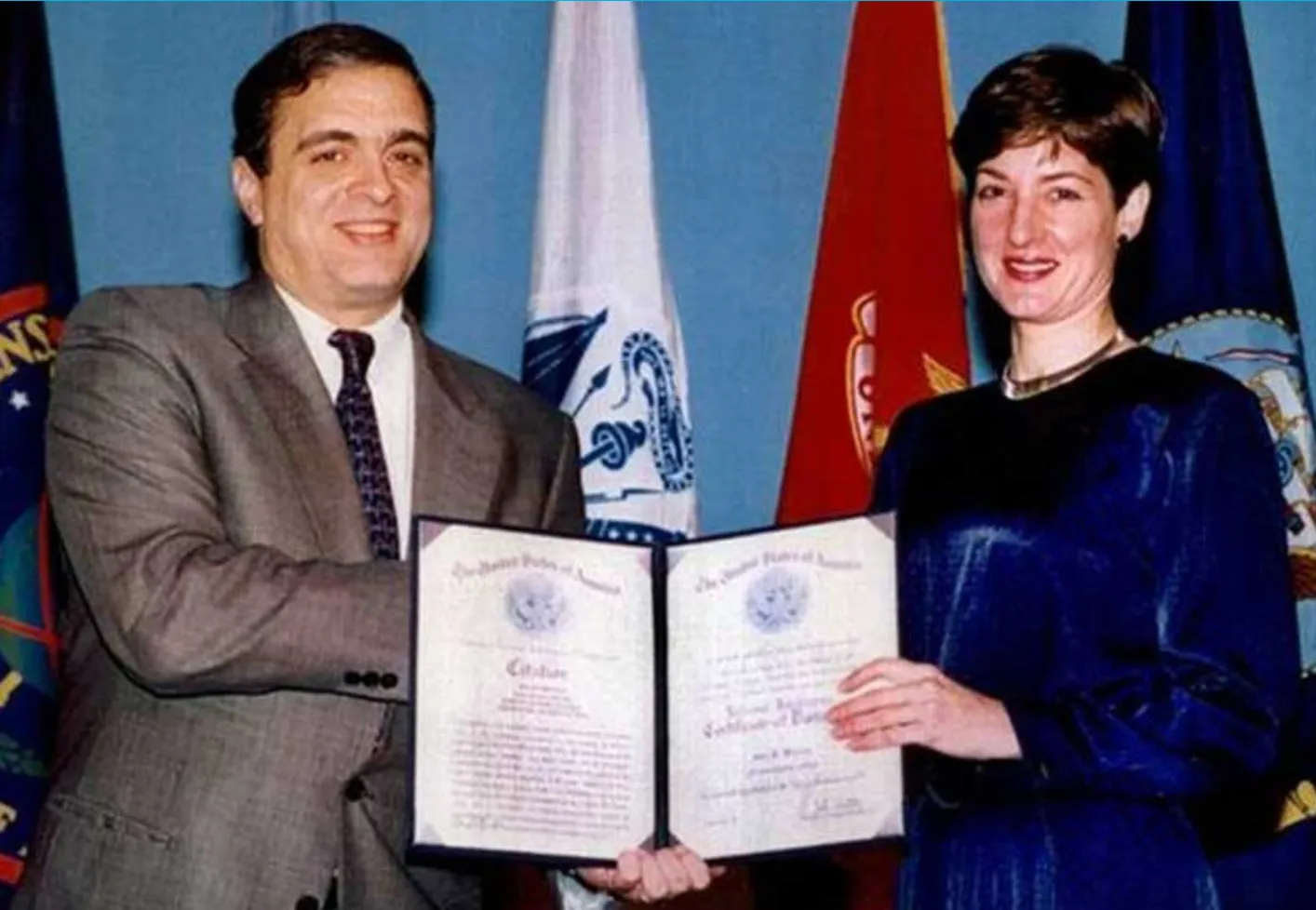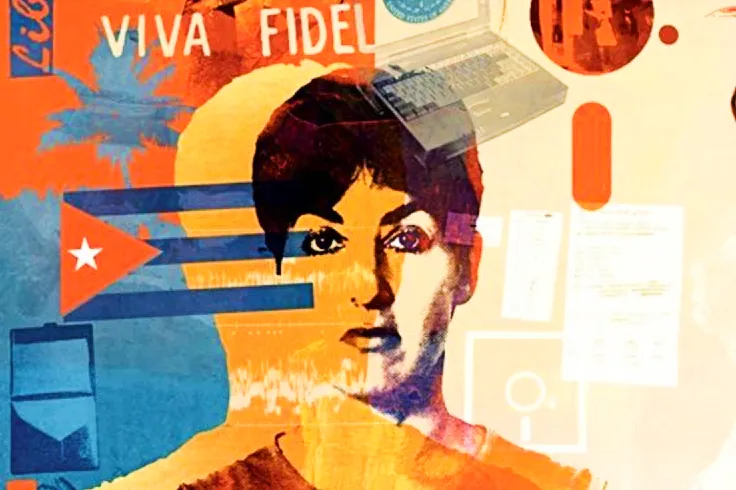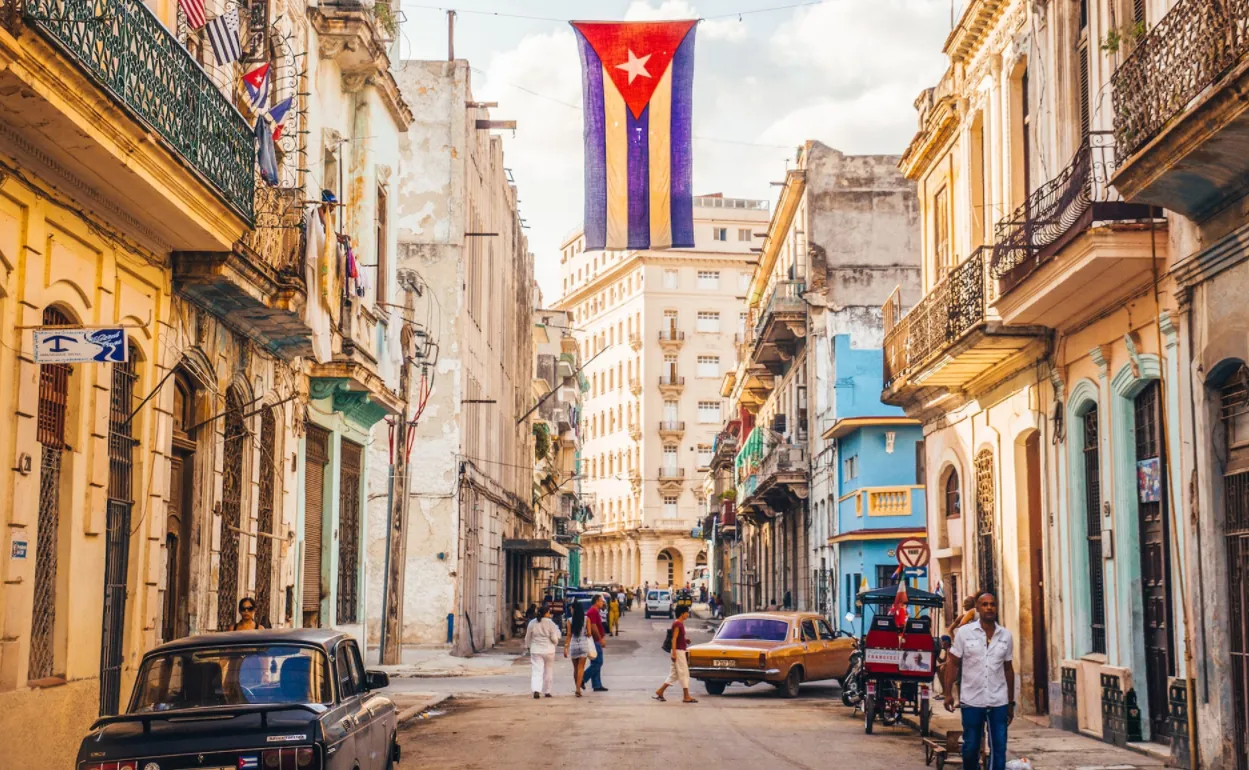Ana Montes: How the Cuban Mole Evaded US Spycatchers for Decades
Ana Montes had been on the FBI’s radar for more than a year before her arrest in 2001 after tip-offs from suspicious colleagues at the DIA and NSA.
An FBI surveillance team watched at a discreet distance as Ana Belén Montes pulled her red Toyota into the Defense Intelligence Agency (DIA) base in Washington D.C. It was September 21, 2001 and Ana was working as a DIA senior analyst. For the past 17 years, she was also a Cuban mole. The stress of living a double life was catching up with the 44-year-old though. Ana took antidepressants, listened to anxiety-relief tapes, and saw a psychiatrist.
As usual, Ana planned to spend her day memorizing defense intelligence documents and her evening transcribing the top-secret information onto computer disks for her Cuban handler. She had already revealed the existence of a US stealth satellite - reportedly part of the NRO black program codenamed Misty - and provided the names of undercover American officers and a secret US Army base that may have led to the death of a Green Beret killed in El Salvador.
Three times a week, Ana Montes also received instructions, pulling a short-wave radio from the closet of her upscale, two-bedroom co-op in D.C.’s suburban Cleveland Park and deciphering encrypted messages from Havana. She was one of Cuba’s star spies.
“She was in the Top 10 the Cubans ran but that doesn’t give her due credit because, a lot of what she passed on, the Cubans shared with the Russians and the Chinese and other adversaries - and she freely admitted that,” said Chris Simmons, the former DIA spycatcher who tracked Montes. “There’s no way to calculate how much Russia and others gained from her.”

America’s most dangerous female spy
Born into a military family at the US Army Hospital in Nuremberg, West Germany in 1957, Ana Montes had Puerto Rican grandparents and spoke fluent Spanish. She met a Havana talent spotter while studying at Johns Hopkins University and was recruited to spy for Cuba. After applying to work in a junior role at the US Justice Department, she leveraged her language skills and incredible memory to rise quickly through the ranks.
Ana had been on the FBI’s radar for more than a year before her arrest in 2001 after tip-offs from suspicious colleagues at the DIA and NSA. The Bureau broke into her co-op, found incriminating evidence on her computer, and followed Ana on weekends as she used pay phones and calling cards to arrange meetings with a person they suspected was her Cuban handler.
Meanwhile, the DIA was running a separate investigation - codenamed Wrong Spirit - based on their suspicions that Montes might not be the only US spy leaking intelligence to Cuba. Simmons, a former US Army officer turned spycatcher, suspected there was a second super-spy, a senior DIA official who was not charged. The name is still classified.
“Anytime you’re doing an investigation, you always do what we call a ‘link analysis’, connecting them with all their associates, friends, family, looking for a pattern,” Simmons said. “Who else could know? Who might be aware of certain things? And in her case, a couple of names did come up a lot.”
9/11 changed everything, however. The FBI and DIA wanted Ana Montes in prison before the US began bombing Afghanistan to ensure she didn’t leak intelligence about strikes planned against al-Qaeda and the Taliban. Also, with the US borders sealed, they figured any escape plan Ana had was worthless. The FBI and DIA had her where they wanted - at least, that’s what they hoped.
The reality was somewhat different: "From an evidentiary standpoint, we were nowhere close to ready,” said Chris Simmons, author of Castro’s Nemesis. “The only unimpeachable, court-worthy evidence were her ciphers and the material she failed to destroy on her laptop. It was enough - she was going to prison, but more time would have gotten us more, and better, evidence."
"The brand new social experience where you activate your gaming skills as you train like a spy."
- TimeOut
Take on thrilling, high-energy espionage challenges across different game zones.


Ana Montes: How to trap a double agent
On the morning of September 21, 2001, Ana left her DIA cubicle for a seemingly routine office meeting, unaware the FBI would be waiting with handcuffs. She showed no emotion as she was arrested and demanded a lawyer. During an FBI raid on her co-op, agents seized two computers, a shortwave radio, several tape recorders, foreign currency, and five passports. (When Ana wanted to visit Cuba, she would travel to Europe, put on a wig, then use a Cuban passport to travel to Havana.)
The FBI had the first crack at interrogating the suspected Cuban spy, then it was the DIA’s turn. Ana initially treated it like a game, Simmons said, trying to outsmart her DIA co-workers. Ana had always had a difficult and taciturn personality. She was withering to co-workers who didn’t know their briefs and was known (somewhat contemptuously) in Washington as the ‘Queen of Cuba’ for her laser focus on Havana.
While seemingly maintaining her cool, Ana was put on suicide watch a short while later. Unwilling to risk the death sentence, she hired the same legal team who'd negotiated life sentences for CIA traitor Aldrich Ames and Soviet spy Robert Hanssen, both still in prison. She was sentenced to a relatively lighter term - 25 years in prison and released on parole in January 2023.

Spy vs Spy: the turf wars
While the Ana Montes case ended in victory for the FBI and DIA, some complained that interagency turf wars and bureaucratic spats may have allowed Montes to carry on spying for years longer than necessary.
NSA counterintelligence analyst Elena Valdez (not her real name) was part of the initial hunt for the Cuban mole and became frustrated when the FBI’s case stalled for years as an UNSUB - spy agency jargon for ‘unknown suspect’, Washington Post journalist Jim Popkin writes in Codename Blue Wren.
Valdez tipped off the DIA hoping to speed things along. An early meeting between the FBI and Scott Carmichael, the DIA's senior security and counterintelligence investigator, was even less encouraging, however. "The Bureau went ballistic. Scott might as well have been a matador wearing a red suit in a ring of angry bulls. They shredded him," Simmons wrote in Castro’s Nemesis.
Recollections vary, of course.
Former FBI agent Peter Lapp, author of the Queen of Cuba, said people outside the Bureau don’t always appreciate the complexity of the investigations or the hours the FBI must devote to gathering evidence. In the Montes case, the Bureau had to whittle down the number of potential suspects from a pool of 1.5 million people working at the CIA, FBI, and US Department of Defense across a geographic reach that stretched from Washington, D.C. to California and as far away as the US territory of Guam in Micronesia.
“The process of identifying an UNSUB based on tidbits is incredibly difficult. You put together a Matrix but you have to do it incredibly discreetly because the last thing you want to do is alert the suspect,” Lapp told SPYSCAPE. “That’s why these cases are ‘need to know’. That’s why they are closely held... We were looking for a needle in a haystack.”
The FBI, with the help of the DIA, eventually narrowed down the possible suspects to one person: Ana Montes, who pleaded guilty to a charge of conspiracy to commit espionage in 2002.

The psychology of double agent Ana Montes
What motivates a spy to turn on their own country? A psychological profile concluded that Ana’s father, a former US Army Colonel, and her siblings - both FBI agents - “solidified her desire to retaliate against authoritarian figures”.
Others noted that Montes didn’t accept payment from Cuba, aside from reimbursing her expenses, and was likely driven by ideology. Montes told intelligence debriefers that she wanted to protect Cuba and believed "all the world is one country".
At her sentencing hearing, she described the US policy toward Cuba as cruel and unfair: "I felt morally obligated to help the island defend itself from our efforts to impose our values and our political system on it."
Ana was imprisoned in Fort Worth, Texas with cell mates that included female al-Qaeda terrorists, the cocaine-smuggling wife of Mexican drug kingpin ‘El Chapo’ Guzmán, and Charles Manson groupie Lynette ‘Squeaky’ Fromme who tried to murder President Gerald Ford. During her confinement, Ana Montes tried to disassociate herself from her surroundings. “Nothing ever happens to me personally because I have neither friends nor enemies. I act like I’m neutral, like Sweden or a rock in the corner,” she wrote to a friend.
Chris Simmons, who worked with Montes for years at the DIA, doubted Ana had ever felt remorse. “I would bet right now she’s every bit as convinced that one day we will understand she was right, just like she believed 20 years ago,” he told SPYSCAPE. “She will go to her grave believing that she was wrongly imprisoned.”
SPYSCAPE+

Join now to get True Spies episodes early and ad-free every week, plus subscriber-only Debriefs and Q&As to bring you closer to your favorite spies and stories from the show. You’ll also get our exclusive series The Razumov Files and The Great James Bond Car Robbery!


Gadgets & Gifts
Explore a world of secrets together. Navigate through interactive exhibits and missions to discover your spy roles.
Your Spy Skills
We all have valuable spy skills - your mission is to discover yours. See if you have what it takes to be a secret agent, with our authentic spy skills evaluation* developed by a former Head of Training at British Intelligence. It's FREE so share & compare with friends now!
* Find more information about the scientific methods behind the evaluation here.


Stay Connected
Follow us for the latest
TIKTOK
INSTAGRAM
X
FACEBOOK
YOUTUBE